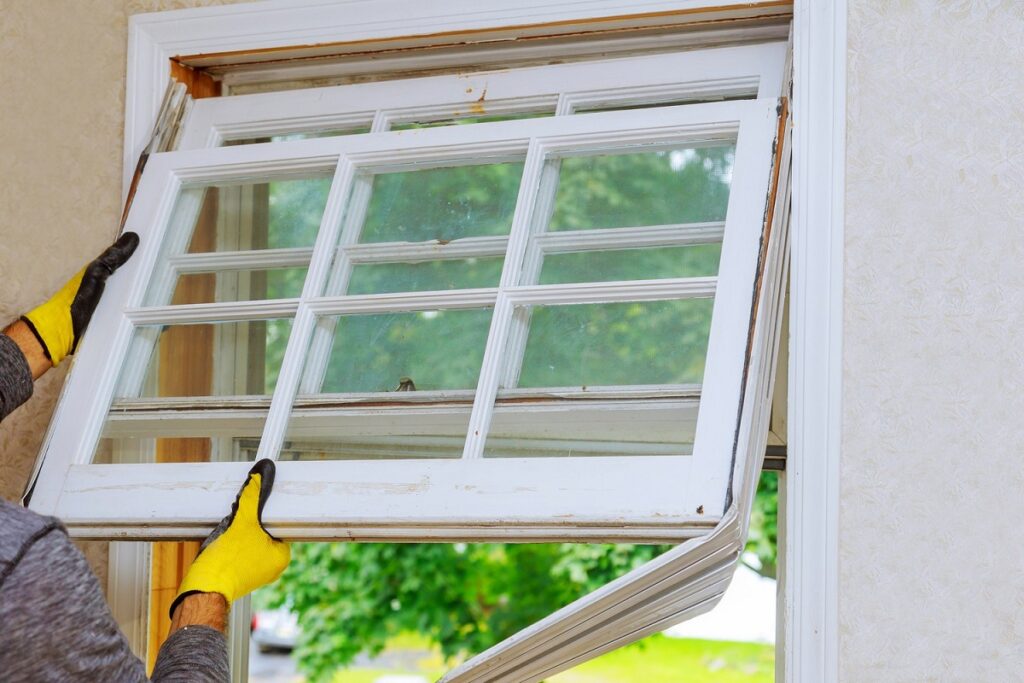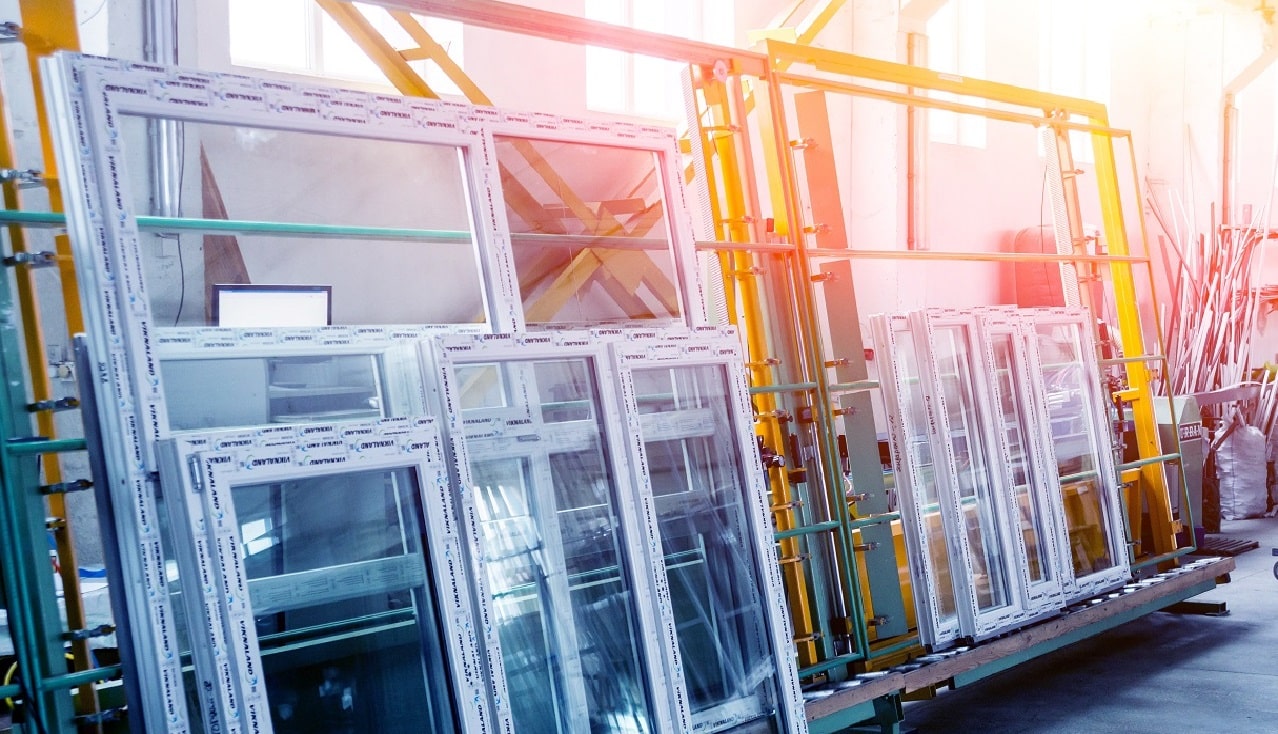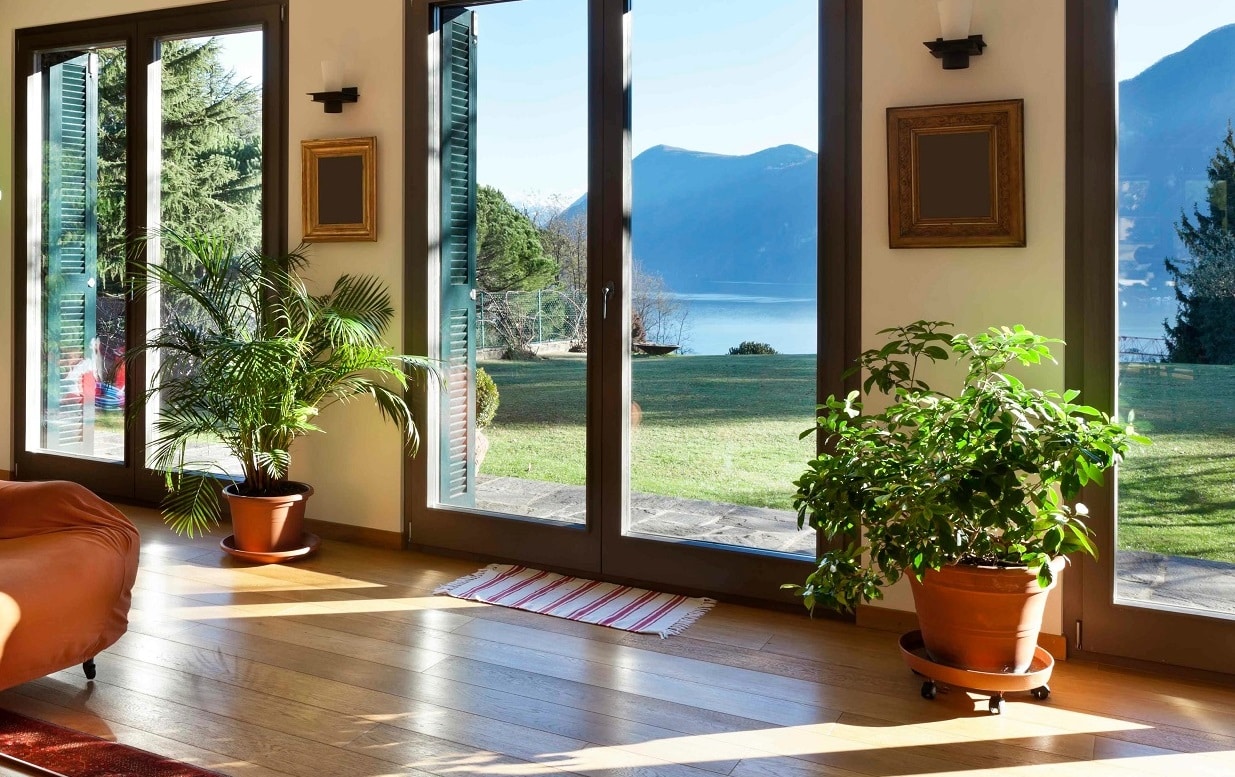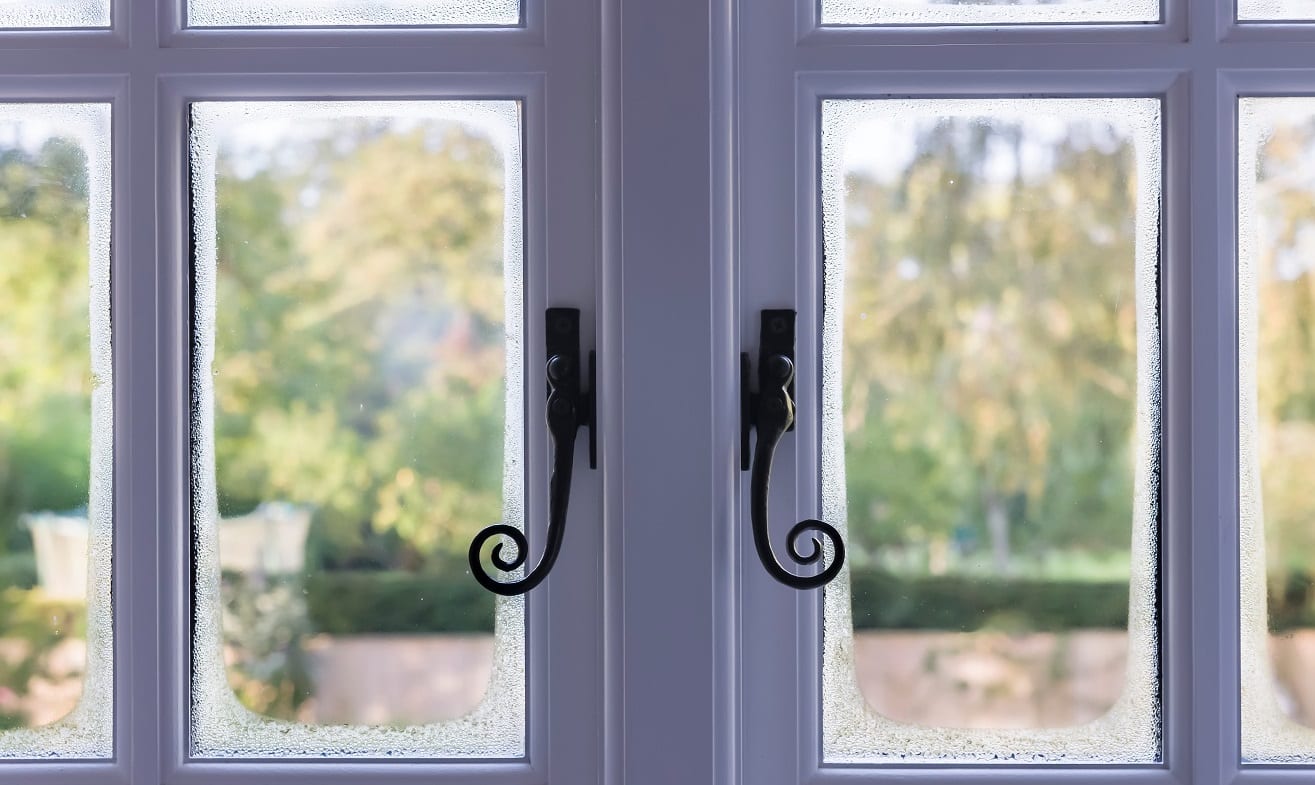There are many reasons why you might be considering replacing the windows in your home. Maybe your current windows are old and drafty, or maybe you’re simply looking for a change. Regardless of your reasons, it’s important to choose the right type of window for your needs. Wood and UPVC are two of the most popular materials used for windows, so it’s important to understand the benefits and drawbacks of each before making a decision.
What are UPVC and wood windows?
There are many different types of windows on the market today, but two of the most popular are UPVC and wood windows. Both have their own advantages and disadvantages, so it’s important to know what each type of window is best suited for before making a purchase.
UPVC windows are made from a strong, durable plastic that is easy to maintain and keep clean. They are also very energy efficient, as they don’t allow heat to escape from your home as easily as other types of windows. However, UPVC windows can sometimes look artificial and out of place in traditional homes.
Wooden windows are a more traditional option and can add character and charm to your home. They can be painted or stained to match your existing décor, and are generally quite easy to maintain, although there is more maintenance than with some other types of windows.
The benefits of wooden windows
Wooden windows have been used for centuries, and there’s a good reason why they’re still so popular today. Wood is an incredibly strong and durable material, so it’s perfect for use in high-traffic areas like windows. Wooden windows also have a natural beauty that can’t be replicated with other materials. If you’re looking for windows that will add character and charm to your home, wood is an excellent choice.

The benefits of UPVC windows
UPVC is a synthetic material that has many of the same properties as wood. It’s strong and durable, but it’s also much more affordable than wood. UPVC is also low maintenance, so it’s perfect for busy households who don’t have time to regularly clean and maintain their windows. If you’re looking for an attractive and affordable window option, UPVC is definitely worth considering.
Which is better for the environment – UPVC or wood windows?
UPVC windows are made from PVC, which is a plastic derived from petroleum. Wood windows are made from, well, wood. So, in terms of raw materials, wood is the more environmentally friendly option. However, PVC can be recycled, so if you choose UPVC windows, make sure you recycle them at the end of their life.
In terms of energy efficiency, both UPVC and wood windows can be highly energy efficient if they are properly installed and maintained. However, wood is generally a better insulator than PVC, so it will keep your home warmer in winter and cooler in summer. This means that over time, wood windows will save you more money on your energy bills than UPVC windows.
So, which is better for the environment – UPVC or wood windows? Tere’s really only one winner. If you are concerned about the raw materials used to make your windows, then wood is the more environmentally friendly option. If you are concerned about energy efficiency and saving money on your energy bills, then wood is also the better choice.
The cost of wooden windows vs UPVC windows
Wooden windows are typically more expensive than UPVC windows. This is because wood is a natural material and therefore more expensive to produce. UPVC, on the other hand, is a synthetic material and therefore cheaper to produce.
However, wooden windows tend to be more durable than UPVC windows and may last longer in the long run. Wooden windows also have a more traditional look and feel, which some people prefer.
The different types of wood used for windows
There are a few different types of wood that can be used for windows. The most common type of wood is pine, which is a softwood that is easy to work with. Pine is also a very affordable option. Other types of wood that can be used for windows include cedar, fir, and redwood. Cedar is a durable option that is resistant to rot and insect damage. Fir is another durable option that is also easy to work with. Redwood is the most expensive option but it is also the most durable.

The different types of UPVC used for windows
There are two main types of UPVC used for windows – extruded and laminated. Extruded UPVC is the most common type used in windows, as it is strong and durable. Laminated UPVC is less common, but is often used in high-end windows as it is more resistant to scratching and fading.
How to choose the right type of window for your home
When choosing the right type of window for your home, there are a few things to consider. Wood windows are typically more expensive than UPVC windows, but they offer a more traditional look. UPVC windows are less expensive and require less maintenance, but they may not be the best choice if you’re looking for a classic look.
The installation process for wooden and UPVC windows.
The installation process for wooden and UPVC windows is quite different. Wooden windows are usually installed by a carpenter, joiner or window installer, while UPVC windows may be installed by a glazier. Wooden windows may be more bespoke as well, meaning they may cost more to manufacture and install.
Which type of window is best for you?
There is no definitive answer as to which type of window is best for you. It depends on a number of factors, including your budget, the style of your home, and your personal preferences.
If you’re on a tight budget, then UPVC windows are probably the best option. They’re relatively inexpensive and easy to maintain. However, if you’re looking for a more traditional look, then wood windows might be a better choice. They can be more expensive, but they’ll add character to your home.
Ultimately, the decision comes down to personal preference. Consider all of the factors involved and make a decision that’s right for you.





